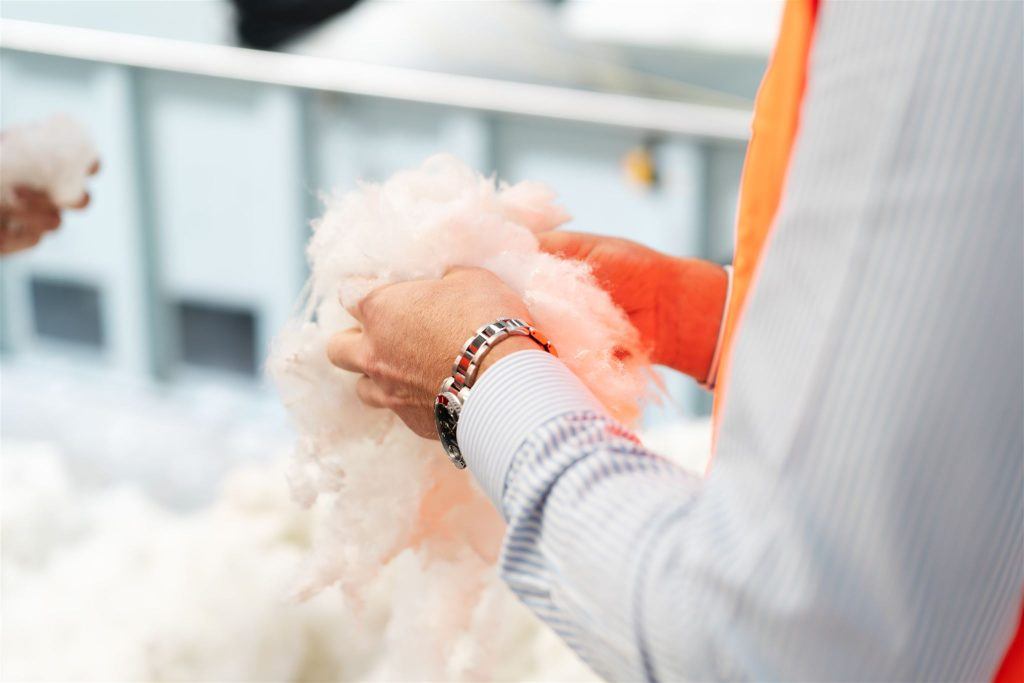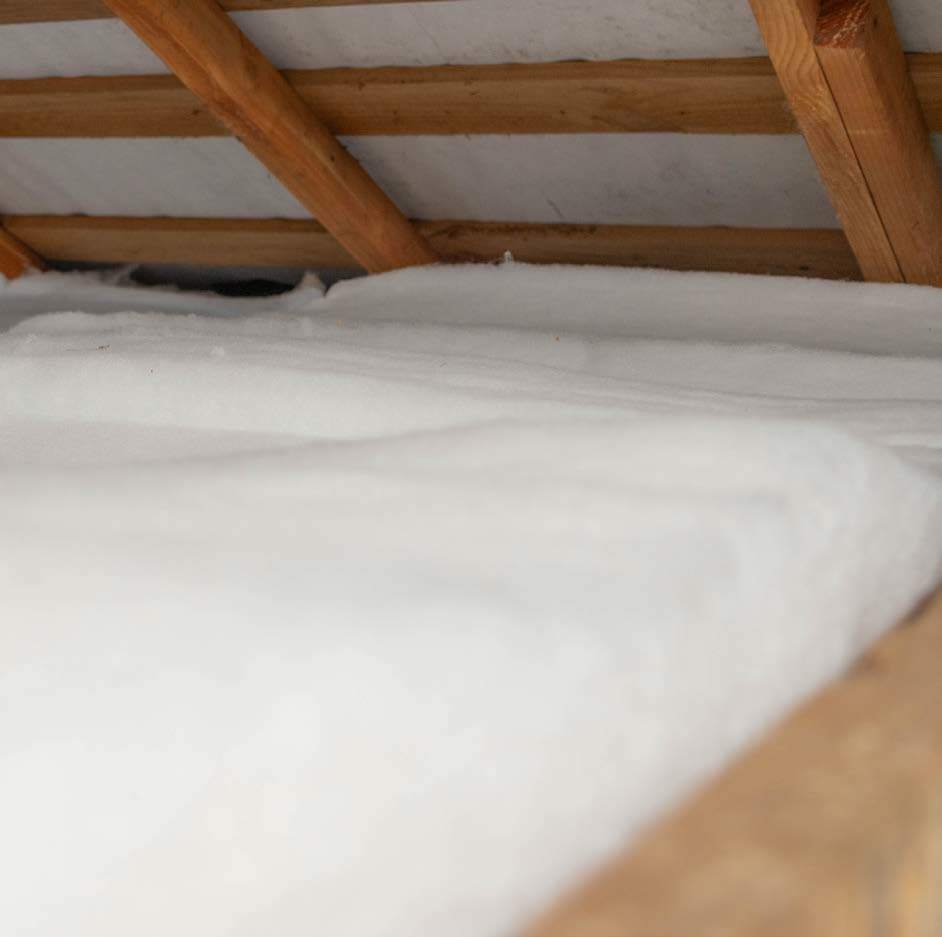Roof insulation is the single most effective thing you can do to increase the energy efficiency and create a warmer, drier and healthier home.
But how much of a difference does it actually make? The answer lies in the physics of heat transfer—and in decades of data collected in New Zealand and globally.
Why the Roof Matters
Heat moves from warmer areas to cooler ones, and in buildings, this means heat naturally rises. According to the New Zealand Building Research Association (BRANZ), as much as 35 to 40 percent of heat loss in an uninsulated home occurs through the ceiling and roof space.
During summer, the reverse is also true—solar gain can cause roof cavities to exceed 40°C, allowing unwanted heat to radiate down into living areas.
Properly insulating your roof or ceiling slows this heat movement, creating a thermal barrier that maintains a more stable indoor environment across all seasons.
The Science Behind the Solution

Insulation works by resisting conductive and convective heat flow. Materials like glasswool and polyester trap pockets of still air within their fibres, which slows the transfer of heat.
In New Zealand, insulation effectiveness is measured using R-values—the higher the R-value, the greater the material’s resistance to heat flow. According to the New Zealand Building Code (Clause H1), the minimum R-value for ceiling insulation in new homes is R6.6.
Retrofitting with R3.6–R6.0 insulation in existing homes can dramatically reduce heating and cooling needs (NZ Building Code H1 Energy Efficiency).
Measurable Benefits for Everyday Homes
So what’s the practical impact?
- Energy savings: A well-insulated roof reduces the need for artificial heating and cooling. EECA estimates that retrofitting insulation can save New Zealand households up to $560 per year in energy costs.
- Thermal comfort: Homes with effective roof insulation are easier to heat in winter and remain significantly cooler during summer peaks, especially in homes with metal roofing.
- Moisture control: By preventing condensation on cold ceiling surfaces, insulation helps reduce the risk of mould and structural deterioration—especially when combined with proper ventilation.
- Carbon reduction: Lower energy use leads to fewer emissions. As part of New Zealand’s net-zero carbon goals, roof insulation contributes to lower household footprints.
Does It Make a Difference in Warmer Regions Too?
Yes. While roof insulation is essential in cold climates, it’s equally relevant in warmer areas. In northern regions, insulation helps to block radiant heat from penetrating the ceiling space, particularly in homes with dark or poorly ventilated roofs.
This reduces the demand on cooling systems and makes homes more comfortable without excessive fan or air conditioning use.
Material Choices Matter
At Premier Insulation, we offer both glasswool and 100% polyester ceiling insulation, each with unique benefits:
- Glasswool: High R-values at lower cost; well-suited for broad thermal and acoustic performance.
- Polyester: Manufactured from recycled plastic fibres, it’s hypoallergenic, durable, and easier to handle—ideal for households with asthma or chemical sensitivity.
Both materials can be installed as blankets or segments, depending on the structure of your ceiling and whether a top-up or full retrofit is required.
Installation Considerations

Insulation is only effective when installed correctly. Gaps, compression, or uneven coverage can reduce performance by up to 50 percent. Our Premier installers are trained to NZS 4246 standards, ensuring full coverage over joists, accurate R-value compliance, and alignment with moisture control best practices.
We also offer free home assessments to check existing insulation conditions, provide tailored advice, and ensure your home is not only code-compliant—but comfortable.
So, does roof insulation make a difference? Unquestionably. It’s a cornerstone of energy efficiency and healthy housing, reducing heat loss, curbing energy bills, and improving year-round comfort.
Whether you’re retrofitting an older property or building from the ground up, investing in high-performance roof insulation is one of the most cost-effective ways to future-proof your home.
Frequently Asked Questions
Does roof insulation make your house cooler?
Yes—roof insulation can significantly lower indoor temperatures during summer by reducing solar heat gain. Without insulation, roof cavities absorb and radiate heat into the living space below, particularly in homes with metal or dark-coloured roofs. By acting as a thermal barrier, insulation slows down this heat transfer, meaning your home stays cooler for longer, especially in the afternoon and evening.
In warm climates or north-facing homes, high-performance ceiling insulation (R4.0 and above) can reduce indoor temperatures by several degrees, lessening the need for fans or air conditioning and improving comfort in upper-storey rooms.
Insulation also helps stabilise indoor temperatures overnight, minimising temperature swings caused by the roof’s daytime heat buildup.
Is roof insulation a good idea?
Absolutely. Roof insulation is considered one of the most cost-effective and high-impact upgrades you can make to improve a home’s comfort and energy performance. It’s recommended by every major building science authority, including BRANZ and EECA, and is now a minimum requirement in the New Zealand Building Code.
The benefits include:
- Improved indoor temperature control year-round
- Lower heating and cooling bills
- Less reliance on mechanical systems
- Reduced condensation and mould risk
- Increased property value and compliance with Healthy Homes Standards (for rentals)
For both new builds and existing homes, roof insulation is a proven upgrade with a long lifespan—often 50 years or more when properly installed.
Does roof insulation cause dampness?
Not on its own. In fact, properly installed roof insulation can help reduce dampness by raising interior surface temperatures and limiting condensation risk.
However, if insulation is installed without adequate ventilation or in a poorly maintained roof cavity, it can trap existing moisture, which may worsen damp conditions.

